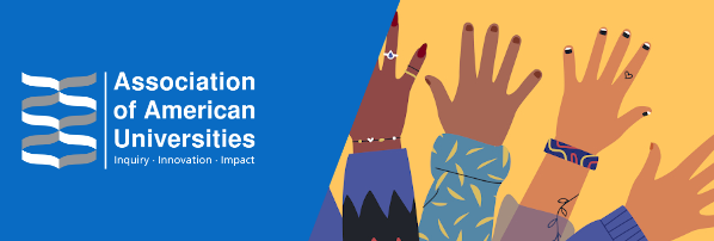Keivan G. Stassun, director of the Frist Center for Autism and Innovation at Vanderbilt, will lead the discussion “A Model for Dramatically Increasing Diversity at the Ph.D. Level in Science and Engineering” on April 8 at noon CT. The event is free to attend; registration is required.
Following an introduction by Chancellor Daniel Diermeier, Stassun will draw on his experiences as a nationally leading voice for diversity in STEM, including as co-chair of Vanderbilt’s Committee on Diversity, Inclusion, and Community, as a member of the National Science Foundation’s Committee on Equal Opportunity in Science and Engineering, and as a member of multiple National Academies studies on Effective Mentoring in STEM and Promising Practices for Addressing Underrepresentation in STEM. He will also discuss how partnerships with minority-serving institutions, such as the Fisk-Vanderbilt Master’s-to-PhD Bridge Program, which he co-directed for more than 10 years, can be used as a model to achieve the goal of increasing STEM diversity at the doctoral level.
During the discussion, Stassun will summarize three core strategies:
- Replacing the GRE in admissions with indicators that are more predictive of long-term success.
- Partnering with a minority-serving institution for student training through collaborative research.
- Using the master’s degree as a deliberate stepping stone to the Ph.D., with a wraparound mentoring model.
The session, hosted by the Association of American Universities, will conclude with a mentoring model and toolkit that can be used to support the success of all Ph.D. students.
The Bridge Program was initiated by Vanderbilt’s David Ernst and Fisk’s Eugene Collins and Arnold Burger in 2002 and has received funding from NASA, NSF CAREER and IGERT programs and generous support from both universities.
Stassun also is Stevenson Professor of Physics, professor of astronomy and professor of computer science.
